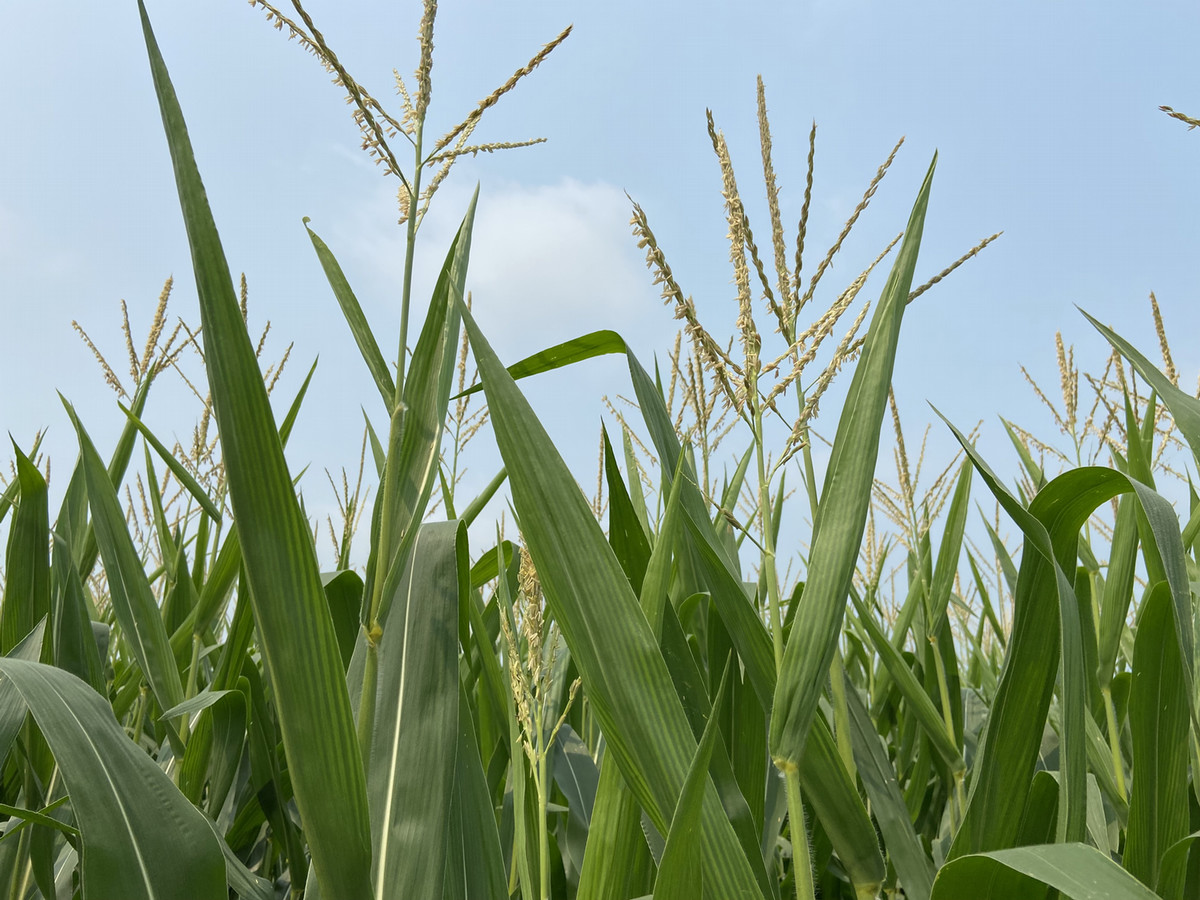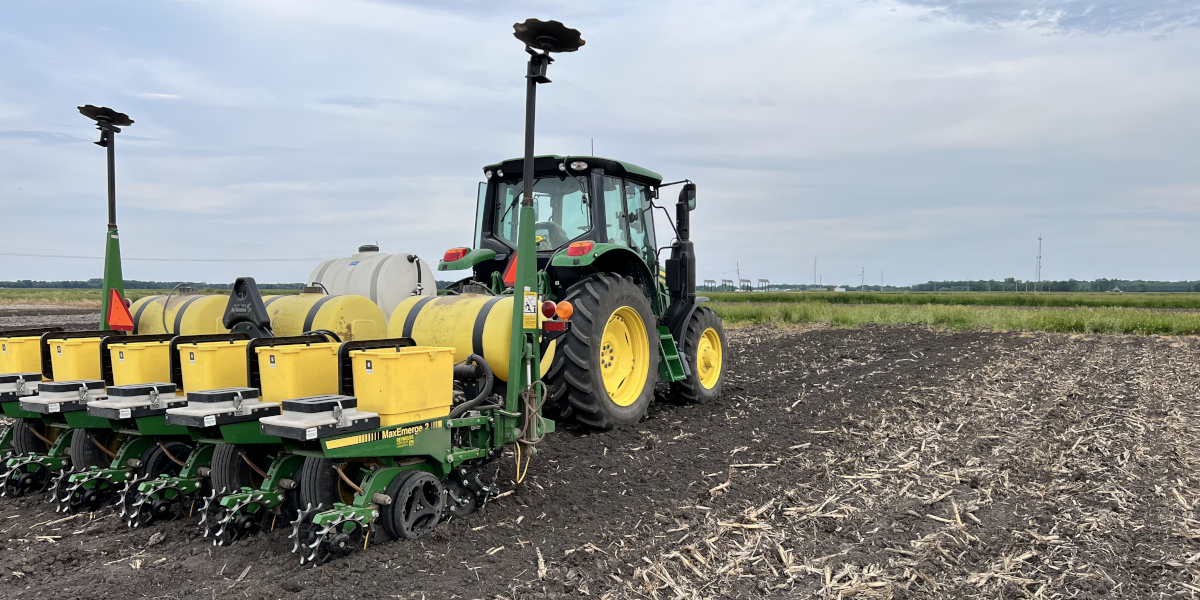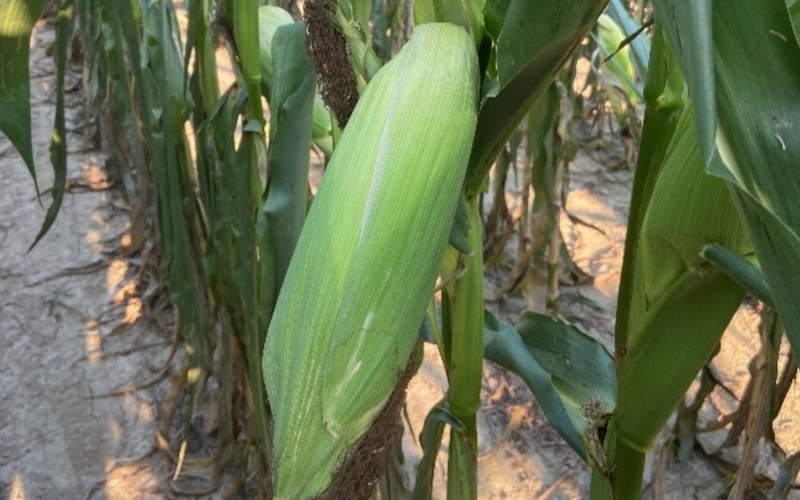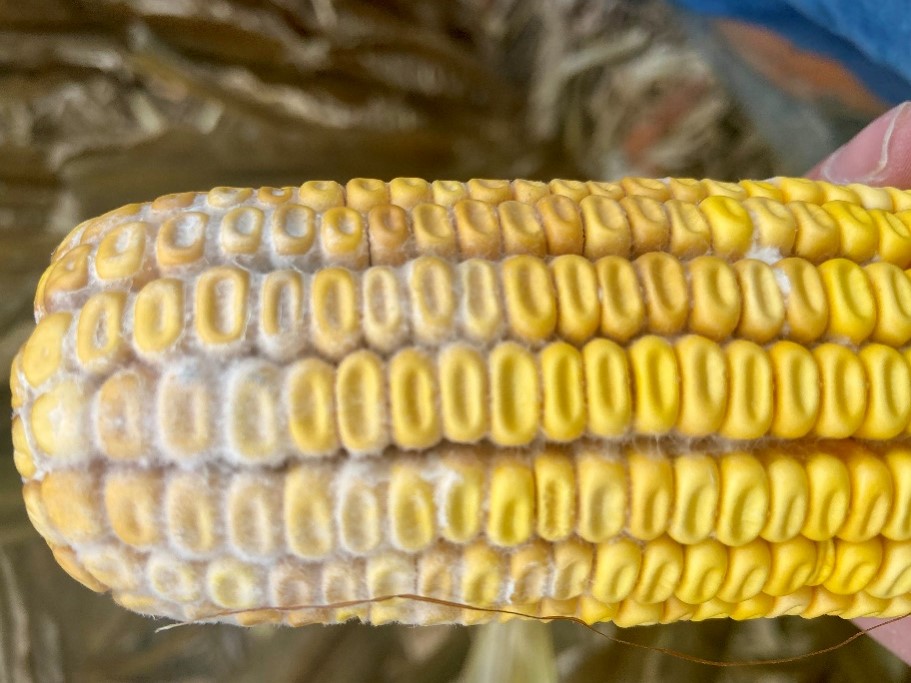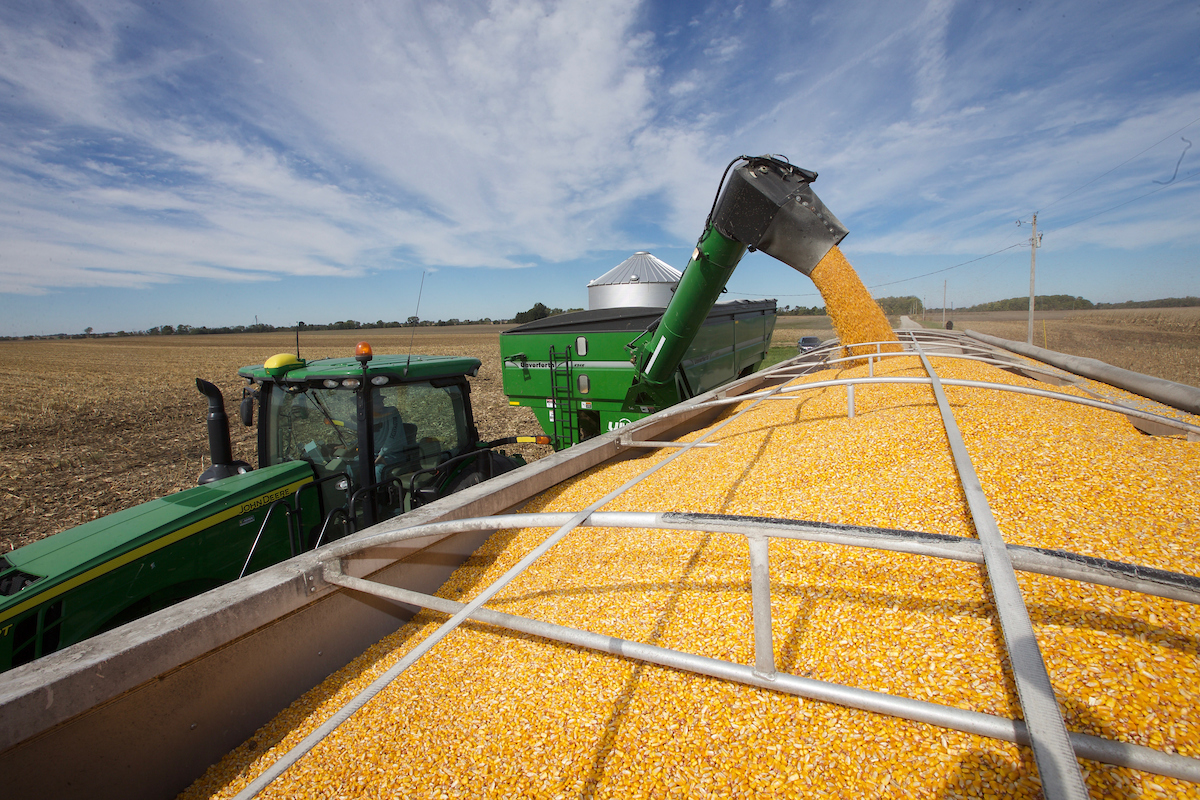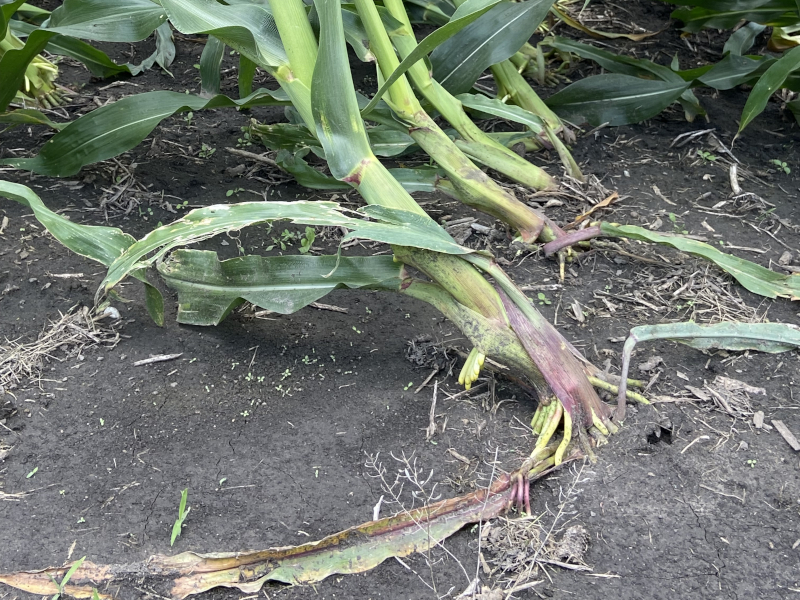From Traditional N Management to Sensor-Based Decisions: What to Know Before Applying Nitrogen

Figure 1. From data to site-specific management
Agriculture is in an era of transition, from traditional, uniform nitrogen (N) management toward more site-specific and digitally informed strategies. Historical data (e.g., yield data) and publicly available data layers (soil maps, elevation, satellite imagery) combined with tools like sensors, imagery, and variable-rate technologies are reshaping how in-season N decisions are made (Figure 1). As with any emerging technology, adoption occurs in stages. Some farmers are already utilizing crop sensors, aerial imagery, and variable-rate applicators, while others are in the early stages of exploring these tools.
To better understand the potential and limitations of sensor-based decisions, a USDA-NRCS funded on-farm project was conducted across more than 600 acres in Indiana from 2021 to 2023. The project tested a satellite-based precision N strategy across 20 corn fields (Figure 2). Conducted in close collaboration with farmers, the study highlighted both the potential of sensor-based tools and the practical challenges of their implementation.
This article highlights key considerations when using sensors to inform sidedress N decisions. It also outlines some common barriers to adoption that should be considered by researchers and developers working to support practical, effective N strategies.
Considerations when using sensor data for sidedress N
- Understand the prescription logic
Sensor readings alone do not determine how much N to apply. Each prescription relies on a full system that includes the field strategy (e.g., reference strips, calibration ramps, etc.), the sensor that gets the data (e.g., GreenSeeker, cameras, etc.) (Figure 3), and the algorithm used to convert sensor values into an N rate. A clear understanding of the system’s design is essential to evaluate whether it is a good fit for a specific farming operation. For example, if a grower receives a sensor-based prescription but is not aware that it was calibrated for conventionally tilled soils, the recommendation may not be appropriate for the grower´s long-term no-till field. - Reference strips and calibration ramps only work if plants take up N
Reference strips (e.g., N-rich strips) and calibration ramps are used to compare crop response to N, but they are only useful if the plants in those areas have taken up the applied N. Dry soil conditions can limit uptake, making it hard to detect differences. For example, in rainfed fields with little rain after N is applied, an N-rich strip might not look any greener because without moisture, the plants cannot take up the N applied. - Equipment and logistics matter
Some sensor-informed strategies may require specialized machinery, such as high-clearance sprayers or variable-rate applicators. Ensuring alignment between prescription requirements and available field equipment is essential. A mismatch may reduce both the feasibility and effectiveness of the N application strategy. For example, if a prescription recommends sidedressing at V10, but the only available applicator is a traditional bar that cannot navigate tall corn, that timing may not be practical (Figure 4). - Sensor readings ≠ direct N status
Sensors assess greenness but not plant N status directly. Low greenness can result from other factors. For example, yellowing on sandy areas could indicate sulfur deficiency, not N stress, so adding more N won’t fix the issue. Therefore, sensor data should be validated through field scouting and supplemented with local agronomic context. - Sensors are tools, not answers
No sensor can replace agronomic knowledge. The most successful outcomes result from combining sensor data with pre-season planning, including soil testing, awareness of crop development, and understanding of weather conditions. Sensors serve best as decision-support tools, not stand-alone solutions.
What is slowing down farmers' adoption?
Sensor-based N management offers promise, but a few key challenges remain:
- Operational efficiency: The window for sidedress application can be narrow and easily disrupted by weather. Sensor-based tools should aim to streamline and not slow down decision-making. Efficiency and scalability are key to making these technologies workable for real-world operations. For example, while handheld sensors (e.g., chlorophyll meters) may provide detailed, plant-level data, it can be too time-consuming to walk a 200-acre field collecting readings during a busy sidedress window. In contrast, aerial imagery offers less spatial detail but delivers field-wide insights faster, making it a more scalable option when time is tight.
- Farming equipment requirements: Some sensor-based N strategies are not feasible to implement with existing farm equipment or workflows. When developing new approaches, it is important to design strategies that align with what is already available on the farm. Requiring specialized equipment can slow adoption or prevent it entirely.
- Usability and trust: Without hands-on training or calibration for local conditions, tools can seem too complicated or produce recommendations that do not feel reliable. Adoption depends on building both ease of use and farmer confidence.
For broader adoption, sensor-based tools must match real-world conditions. That means being agronomically sound, logistically feasible, and easy to interpret in the field.
Indiana’s next steps on N management
What if Indiana farmers could access decision tools built on real data from Indiana fields? Tools that account for regional soils, weather, and actual yield response.
Efforts are underway to lay the groundwork for something big: a collaborative, statewide approach to evaluate N response in corn using modern tools, sensors, weather data, and farmer knowledge, all working together.
Stay tuned, more details will be coming soon.
The author’s graduate research was supported in part by the Indiana Corn Marketing Council through the Gary Lamie Graduate Corn Research Assistantship.
Figure 2
Figure 3
Figure 4
Ana Morales Ona, PhD
Postdoctoral Researcher
Purdue University
aona@purdue.edu
Dan Quinn, PhD
Assistant Professor of Agronomy
Extension Corn Specialist
Purdue University
djquinn@purdue.edu







